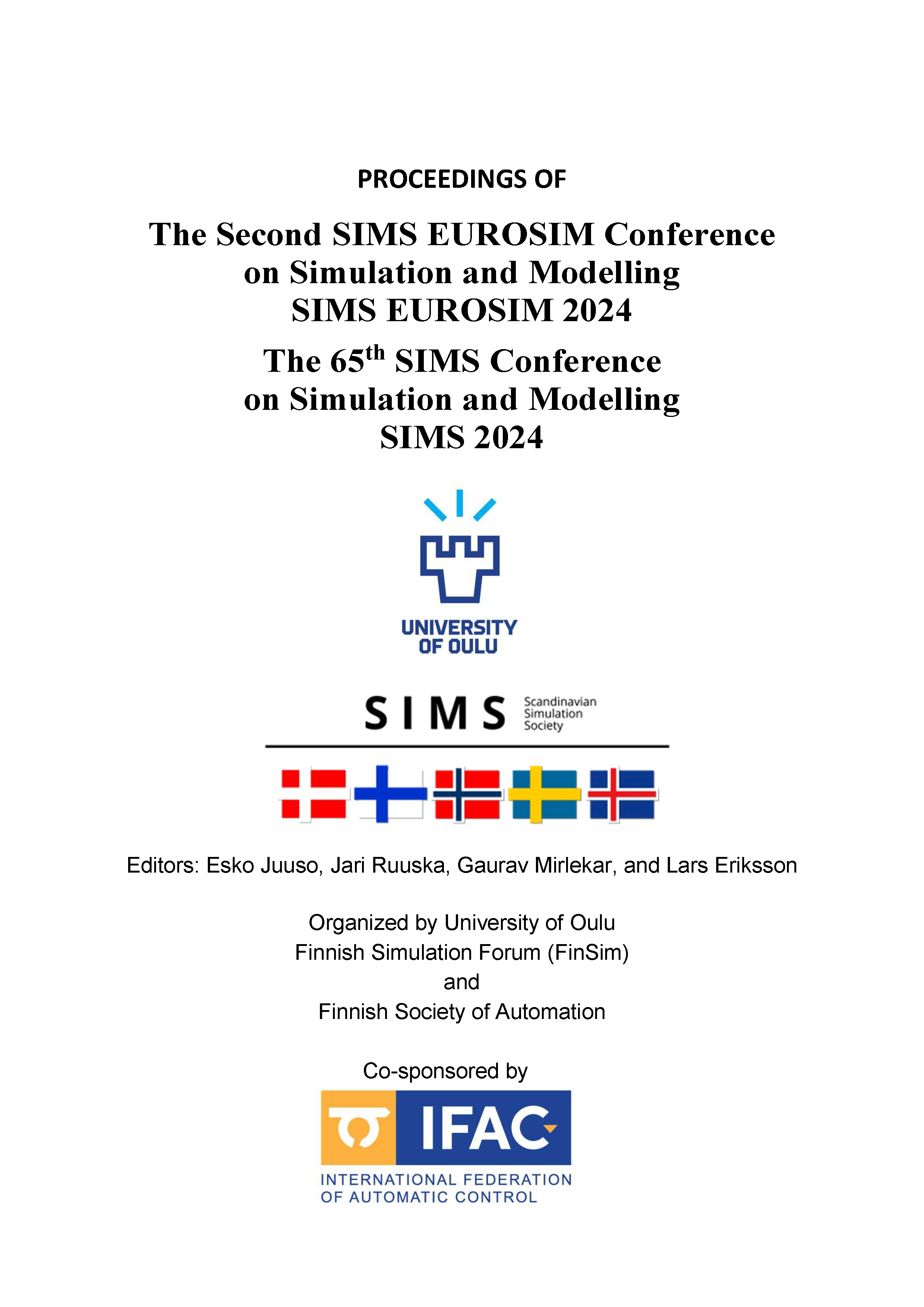Using an advanced simulation tool for successful conversion of reheating furnace to full oxyfuel operation
DOI:
https://doi.org/10.3384/ecp212.031Keywords:
oxyfuel combustion, energy savings, decarbonization, steel reheatingAbstract
Oxyfuel combustion complements decarbonization efforts by reducing the energy needs in high-temperature industries. Steel reheating furnaces are good candidates for full oxyfuel operation since this can lead to up to 30% energy savings. Linde uses an in-house tool to simulate reheating furnaces for airfuel to oxyfuel conversion. This paper follows a real customer case, starting with an airfuel simulation setup used to analyze the furnace, followed by oxyfuel simulations for burner design and energy savings estimations. These simulations lead to a successful installation of oxyfuel burners for the reheating furnace located at Ovako Imatra site. After the commissioning is completed, performance evaluation is done by comparing a reference airfuel operation period with an oxyfuel combustion period. Full oxyfuel conversion results in 27% energy savings for hot charge and high production rate periods thanks to significantly lower flue gas losses. Removing nitrogen from the oxidizer decreases the flue gas volume, reducing the total heat capacity of the off-gas stream. The savings are around 30% for cold charge and average production rate periods.Downloads
Published
2025-01-13
Issue
Section
Papers
License
Copyright (c) 2025 Esin Iplik, Tomas Ekman, Kristofer Bölke, Otto Kankaanpää

This work is licensed under a Creative Commons Attribution 4.0 International License.

